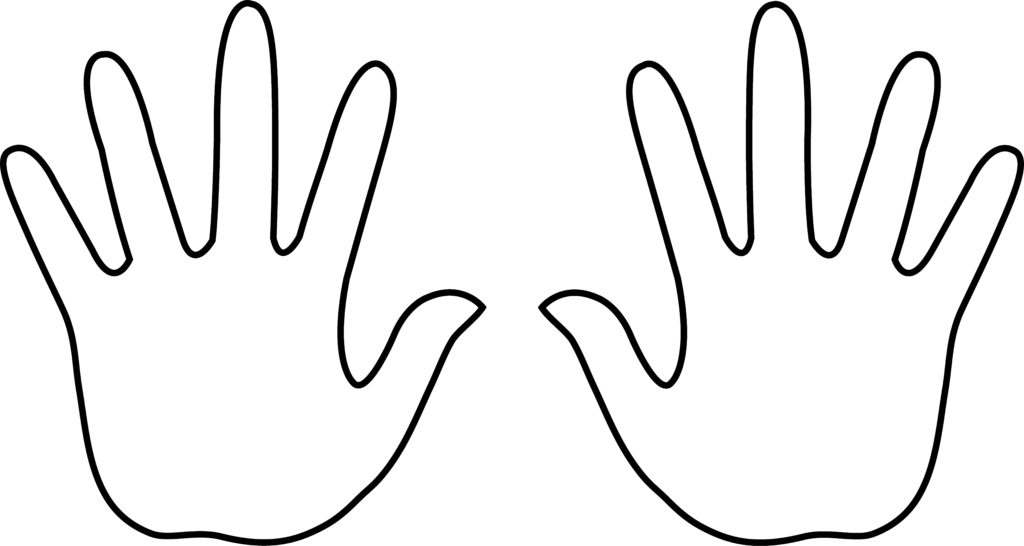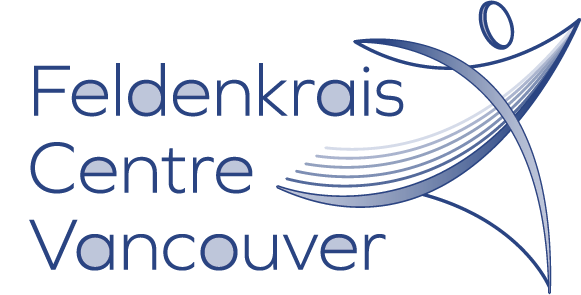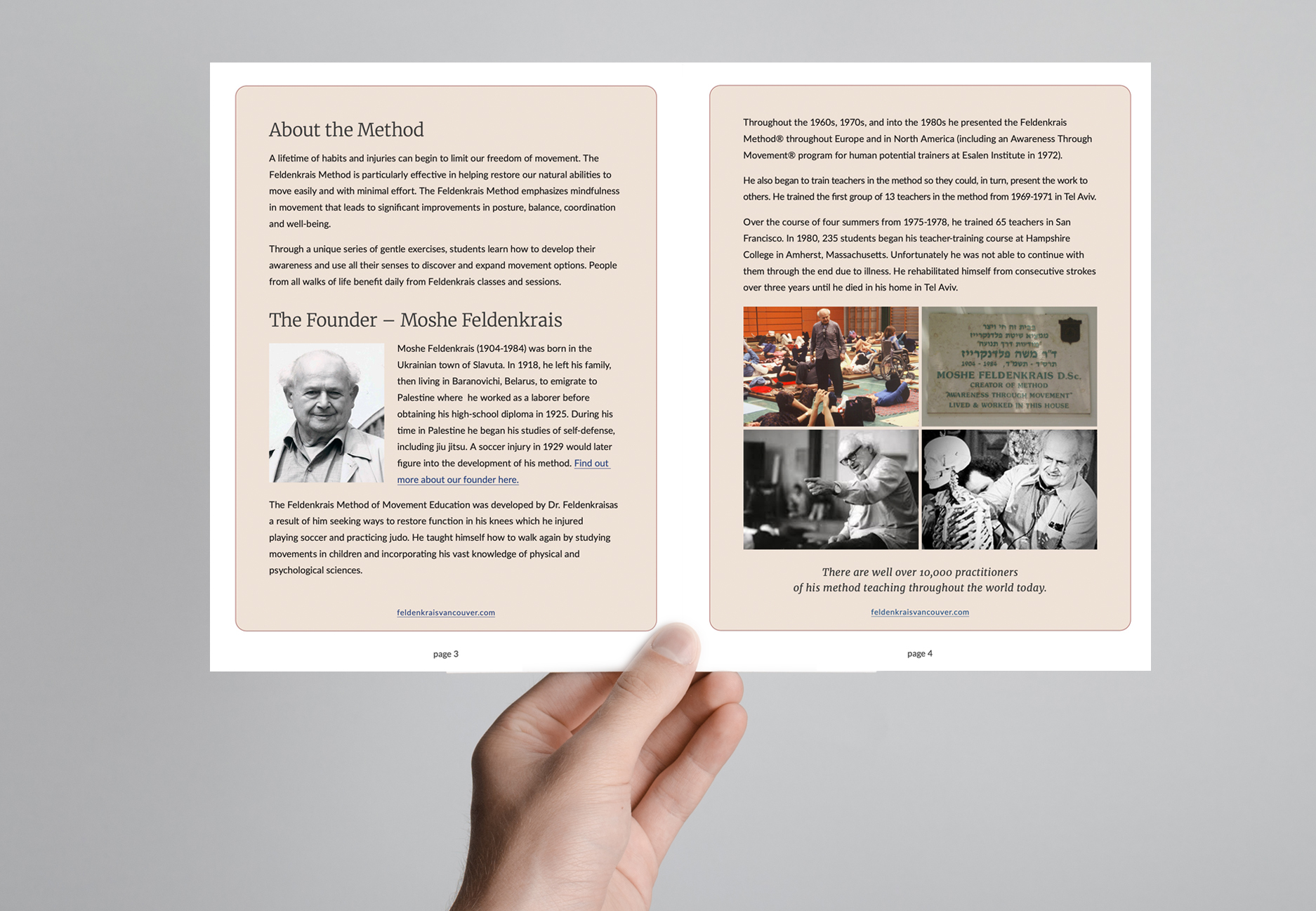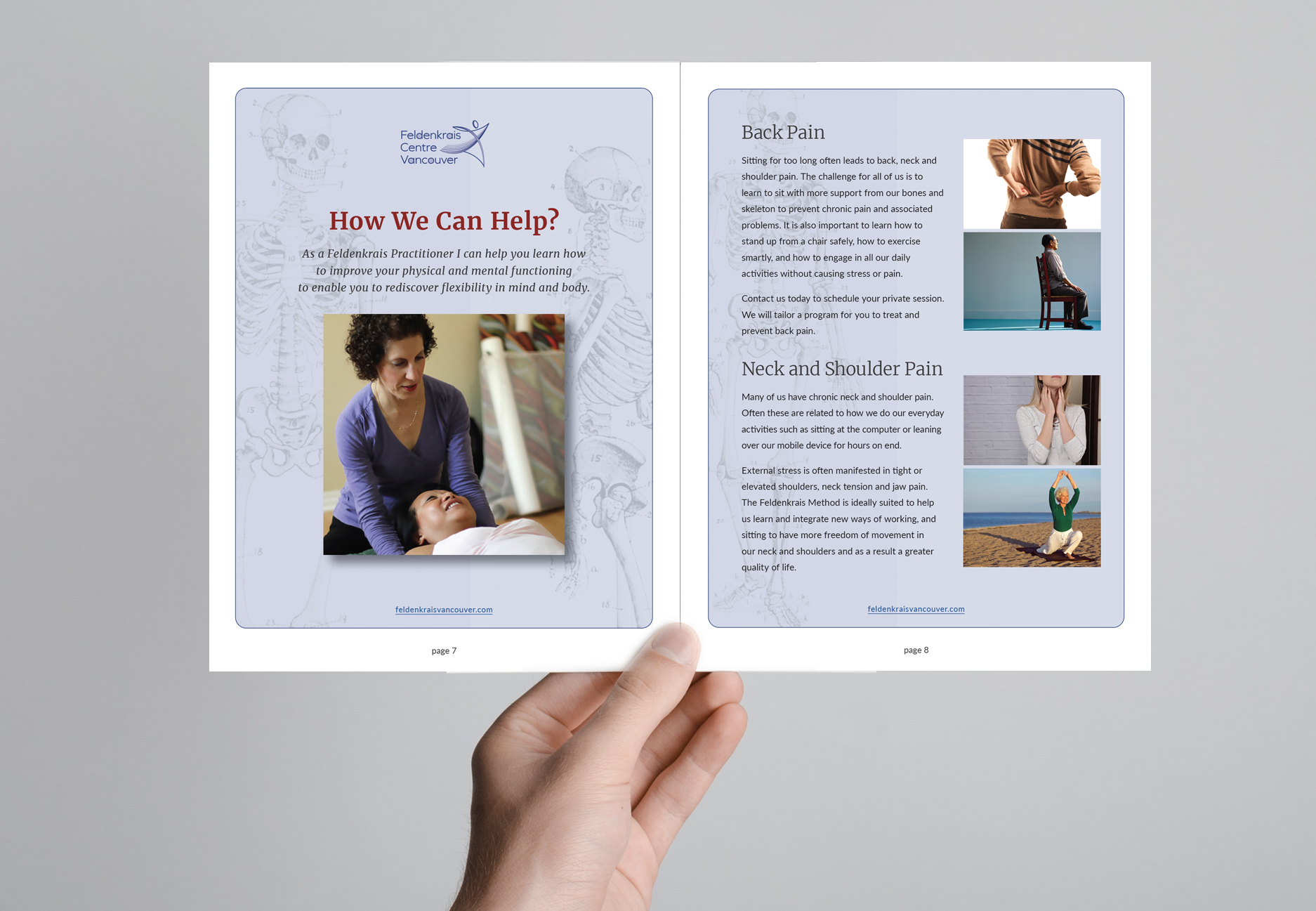
I was intrigued by a recent article on BBC.com titled, Why some people can’t tell left from right. According to scientists, the ability to discriminate left and right involves several high-level skills such as memory, language, visual and spatial processing and mental rotation. Whether you are left-handed or right-handed seems to be determined by four regions in the brain. Right-handed people clearly predominate in our world (90%) and it was not uncommon in the recent past for left-handed folks to be ridiculed, and for their teachers and parents to believe that it was important to revert their natural tendencies and turn them into being right-handed. My mother and my late father-in-law were among those being forced to switch; both were made to write with their right hand while they used their left hand for all other activities. My daughter, also left-handed, wore a T shirt when she was a child that said, “I might be left-handed but I am always right.” By the time she was growing up much was learned about the foolishness of trying to change natural preferences and we did what we could to support her being left-handed in a right-handed dominant world.
As stated in the article, some people can easily distinguish left from right while others get flummoxed unless they go through a deliberate exercise in order to tell the difference. A study of medical students examined the processes they used to make left-right decisions. The authors suggest that the first step is that we need to orient right and left in our own self, and some people have to do so by thinking of an activity they do with one hand or the other. Then it is helpful to “mentally rotate yourself so you’re facing in the same direction as the other person.”
Full disclosure, when I teach Awareness Through Movement Classes I often struggle with left-right distinctions when I give movement directions because, as I tell myself, I am facing my students. As demonstrated in the medical students studies it helps when I orient right and left within myself but it is also extremely helpful when I landmark right or left on a student facing me, for instance noting a ring or watch and which hand it is on, and then using that object as my focus during the class. However, it is much harder to do in the Zoom classes when I am not in the same physical room as the students!
How each hemisphere of the brain influences the dominance of one hand over the other is a complex phenomenon. We know that each hemisphere of the brain specializes in different areas of function such as speech, spatial skills, creative tendencies, etc, but how these translate into hand dominance is complicated. I invite interested readers to delve into the available research.
Participation in Awareness Through Movement classes requires that we pay attention to right and left in our body; how each side lies on and receives the ground, how we move through and around each side, all the while being aware of differences and corresponding strategies we use to move easily. I invite you to join us at one (or more) of our three classes each week where you can explore right and left within yourself and also help keep me in line.



